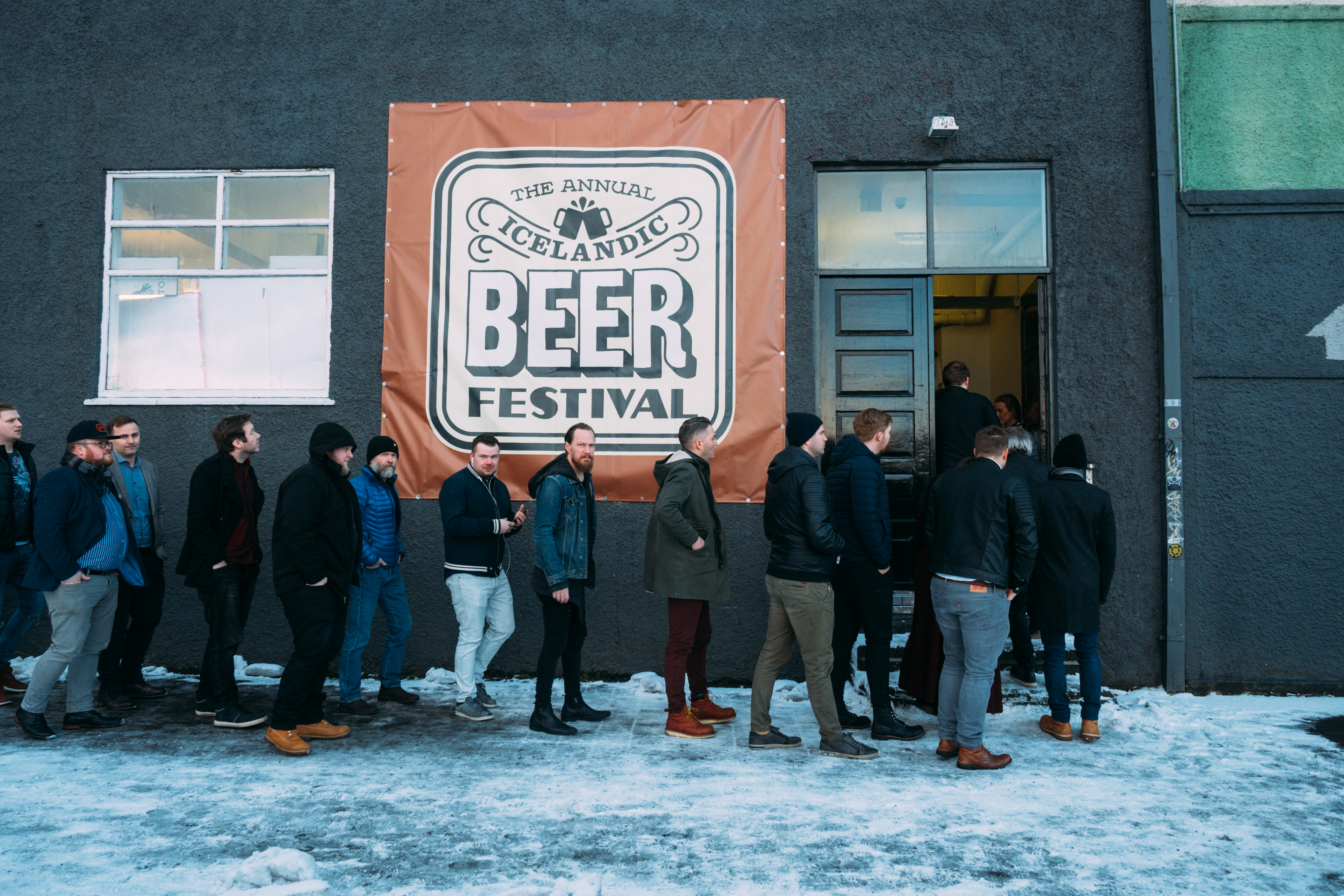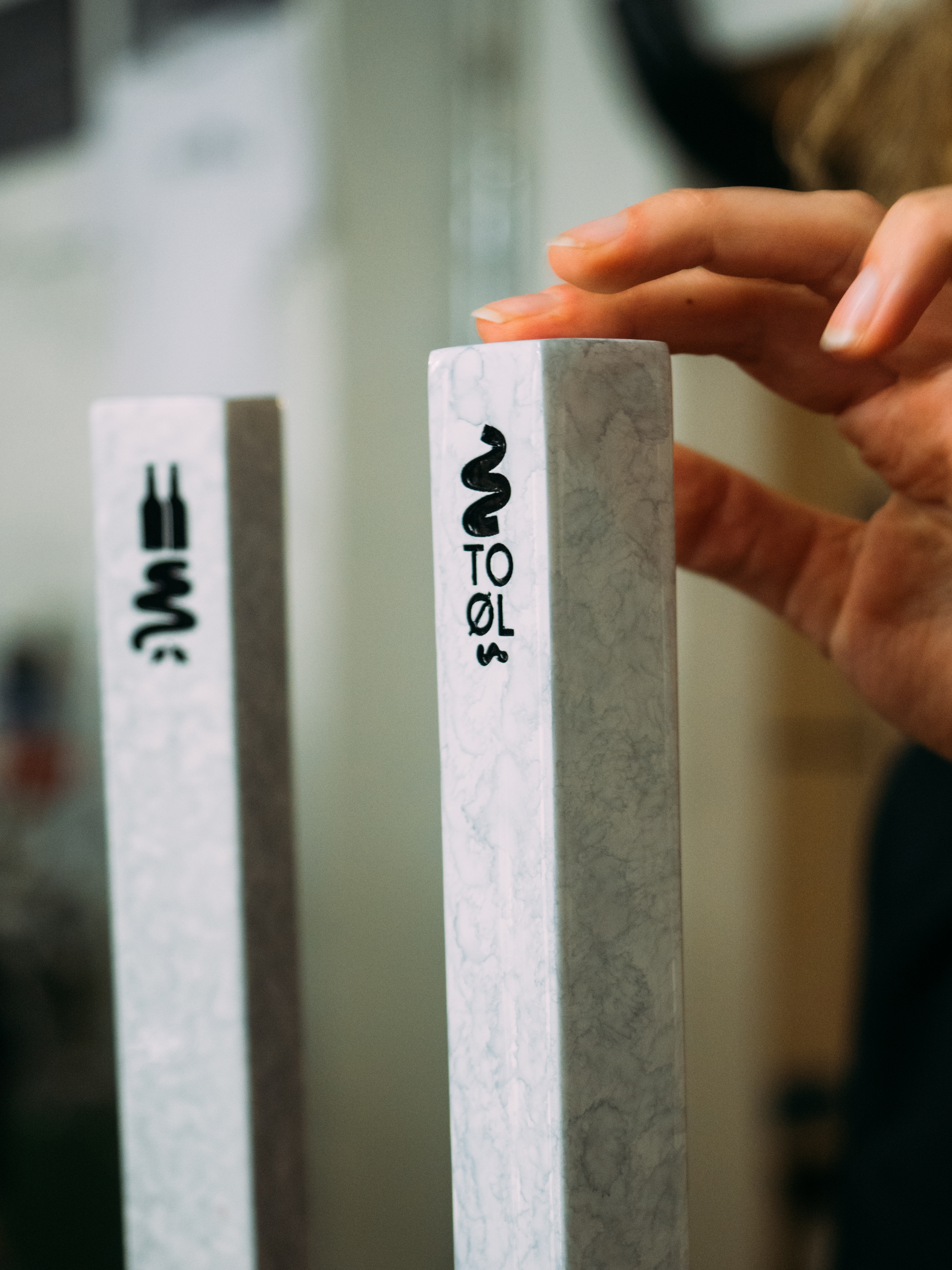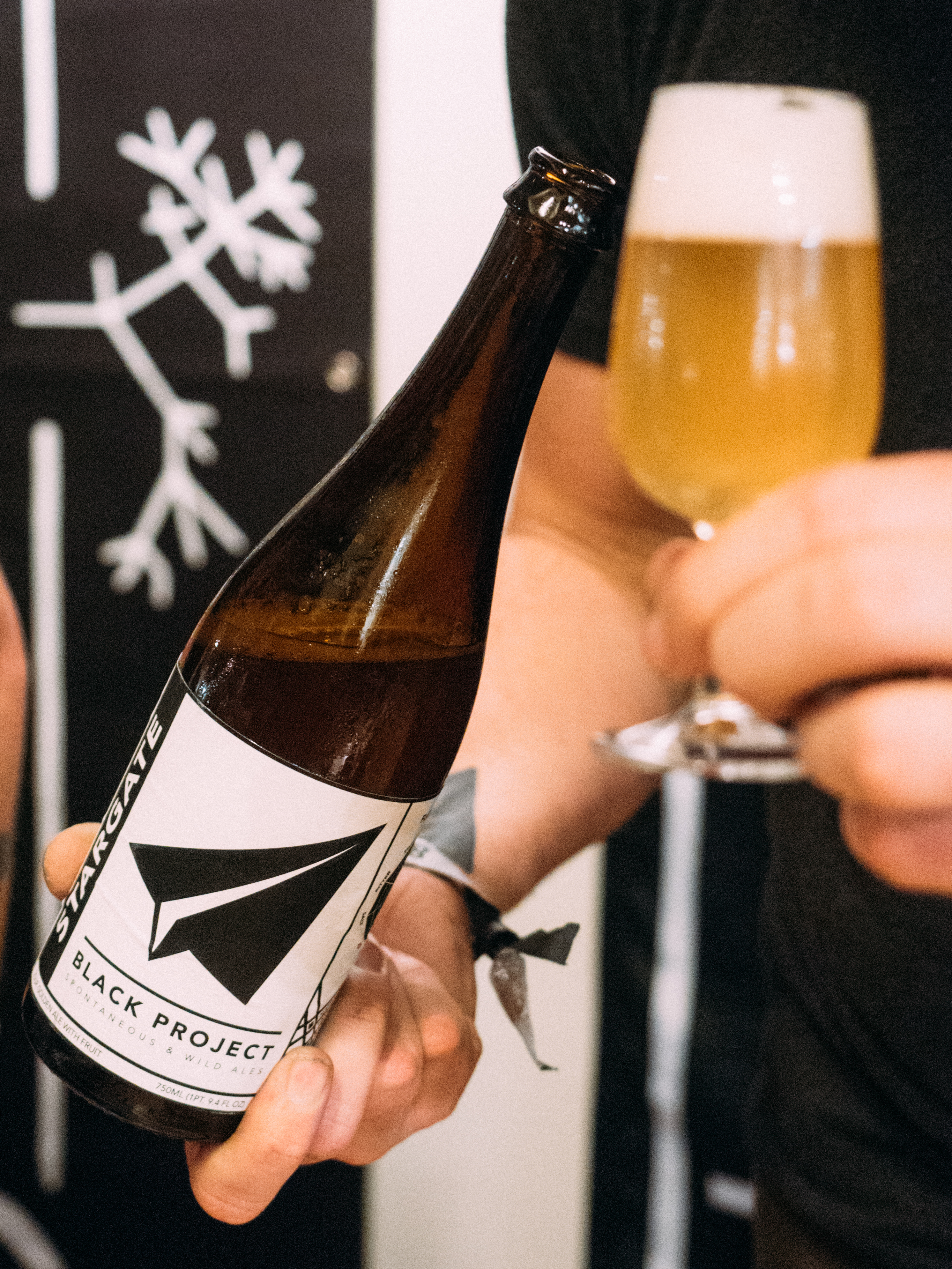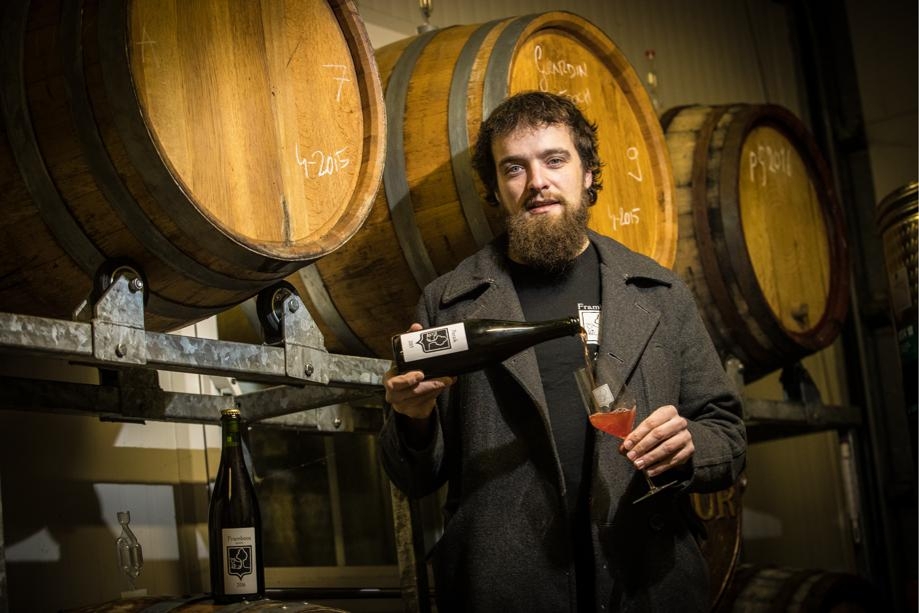Shop
Views & Brews in Iceland for KEX Beer Fest 2018
Finding the best beer in the world in Iceland.
Let’s be honest: Facebook is mostly trash. But every now and then, you get lucky and the algorithm shows you something like “The Annual Icelandic Beer Festival.” Iceland + beer + festival = a perfect combination of three magic words. With only about 4 weeks notice, a wink, and a prayer, I had my plane tickets and accommodations for what promised to be a hell of a time in the far North.
This would be my third trip to Iceland, but my first revolving around craft beer. The story of beer in Iceland is an interesting one: Prohibition in Iceland began in 1915, and while the ban on wine and other alcohols were lifted in stages by 1935, beer over 2.25% ABV remained illegal until 1989. To an outsider, this makes little sense. Turns out, it was left off the referendum in 1936 due to pressure from Iceland’s “temperance lobby” (a fancy name for “fun police”), which argued that “beer would lead to more depravity, because it was cheaper than spirits.” Okay, mom.

Depravity notwithstanding, the craft scene in Iceland is now blooming in a beautiful way. One could even argue that its relative newness is a benefit, because unlike many other European countries, they’re not limited by centuries of pre-existing traditions or “rules” in brewing. As a result, Iceland’s fresh eyes can take advantage of ingredients, techniques, and innovations the world over — a little of this from the U.S., a little of that from Europe — assigning a unique meaning to the notion of “Icelandic craft beer”.
While “real beer” above 2.25% is now legal throughout Iceland, the government still maintains strict regulatory control over the distribution, sale, and advertisement of alcohol. It can only be bought in government-run liquor stores, called “Vinbudin,” which are few and far between and open only for very limited hours. Since most Icelandic brewers are relatively small and new, and bottling/canning for distribution puts a strain on production time and cost, the Annual Icelandic Beer Festival is the perfect place to see firsthand how Icelandic ingredients and identity are intermingling with foreign influence.
Braving the stormy Icelandic wind and arriving in Reykjavik, I was excited to dive headfirst into some local brews. The festival was taking place at KEX Hostel, which, after years of serving as a popular purveyor of craft beer to tourists and locals alike, has recently begun making their own proprietary beers on-site with KEX Brewing. The sparse ground floor of the building, reserved for events only, was lined with tables hosting dozens of diverse breweries, including brand new Icelandic startups like Lady Brewery (Iceland’s first female-owned brewery) and mono. brewing project alongside London’s Beavertown Brewing and Denmark’s To Øl.

Upstairs, several more breweries were posted up behind KEX’s cozy, atmospheric bar, including Other Half, The Veil Brewing Co., Prairie Artisan Ales, and more. All told, there were about fifty breweries in attendance. Compared to many American beer festivals, this one was refreshingly small, intimate, and no frills — the beers and the camaraderie were the stars of the show. Tickets were $140 for three consecutive days of 3-hour sessions, with different beers offered each night, and while not cheap (as nothing in Iceland is) the experience was well worth it.
It’s commonplace for people to travel to Iceland in search of inspiration — after all, its otherworldly landscape replete with volcanoes and glaciers is unlike anywhere else in the world. So, it makes sense that its beer would be no different. Where else but in Iceland would you get to try beer from fledgling local breweries with ingredients like Skyr, seaweed, licorice (“lakris”), and “hrútaberin”?

In addition to the beers, many of which would not be available anywhere else, ever again, the brewers themselves were eminently approachable, friendly, and enthusiastic to have a conversation with the many, many drinkers lining up for their wares. From North Carolina’s Fonta Flora, I learned what a “kvass” is, and Lady Brewery served beer accompanied by a piece of (delicious!) fried seaweed. I had a frighteningly smooth 13%’er from Mikkeller, and commiserated about the trials of shared hostel bathrooms with Anthony from Brooklyn’s Other Half. Belgian brewer Bokkereyder served a lambic jokingly dubbed a “spooky ghost lambic” for its mature age, (for sure the spookiest I’ve ever tasted,) and the “milkshake IPA” made its first-ever appearance on my palate in a taster from Reykjavik’s Ör Brewing Project.
As Iceland further develops its unique craft beer identity and economy, an inclusive festival like the one at KEX is the perfect opportunity to get a taste. “There is more demand for local and more interesting beers than before, and there is more space for diversity in the Icelandic beer scene,” says Raxel of Lady Brewery. “We still haven’t had an Icelandic Lambic beer!” Given the speed at which this tiny nation is catching up, the 2019 Annual Icelandic Beer Festival could be the perfect opportunity to try the first one.



